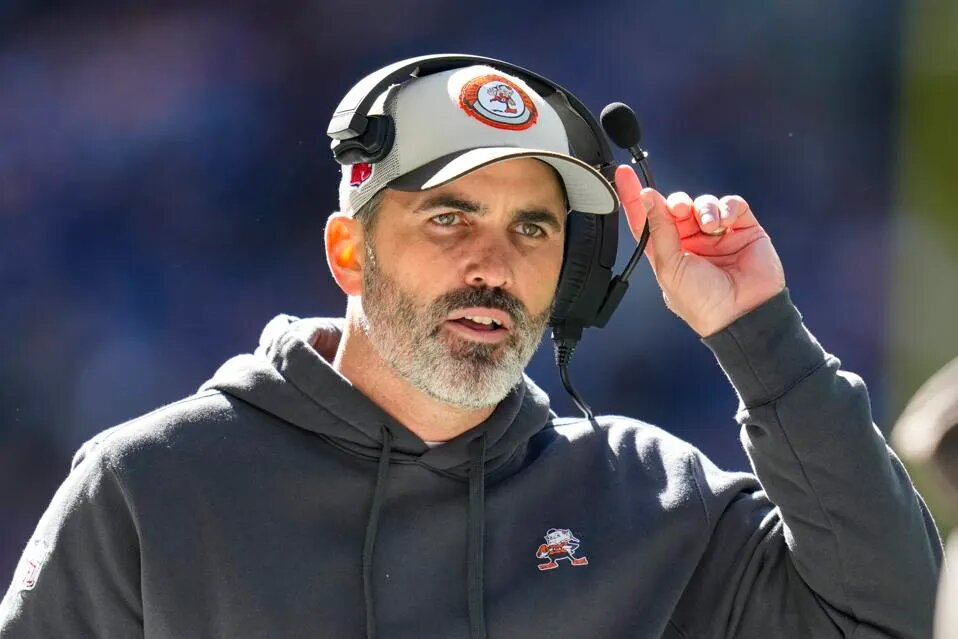Browns’ decisions to run or pass are explained by offensive line data
There are other problems besides Kevin Stefanski’s play calling and the loss of Nick Chubb.
The Cleveland Browns are currently 7-5, but some supporters think that if head coach Kevin Stefanski had simply run the ball more frequently, they would be 9-3 or 10-2. The Browns rank in the top 10 in passing attempts (8th overall with 435), but they are tied for the most attempts in the NFL (390).

The lack of spectacular plays and Stefanski’s ability to piece together long drives out of short plays are major factors in Cleveland’s offense’s ability to score highly in both categories. It is a little surprising that they tie for the league lead in turnovers and rank in the top 10 in both attempts.
Though leading the league in carries, the Browns have been unsuccessful running the football (just 135.1 yards per game) for a variety of reasons, both legitimate and speculative. The top of the list is the loss of OL Jack Conklin and RB Nick Chubb early in the season, but other factors include QB play that has been inconsistent and the loss of OL Jedrick Wills in recent weeks.
The fact that Cleveland’s offensive line is simply far superior at pass protection than run blocking is another, overly simplistic, but significant factor:

Here is a clearer picture of the two offensive line graphs:

The Browns rank slightly below average as run-blockers and significantly above average as pass-blocking teams according to both PFF and ESPN.
Given that Joe Flacco, Adrian Thompson-Robinson, or both will start for the remainder of the season, it would be simple to argue that Stefanski should stick with a more run-heavy game plan. That reasoning begins to appear a little shaky when the statistics show that they are tied for the most rushing attempts and the data shows that their offensive line is significantly superior as pass protectors.




